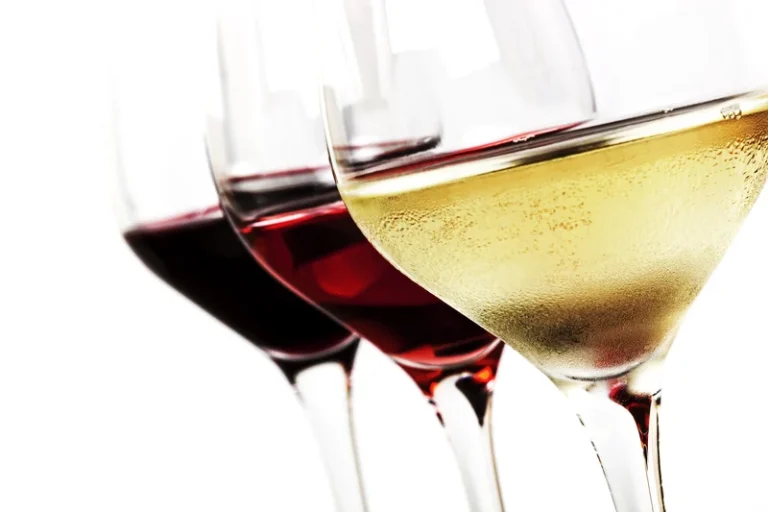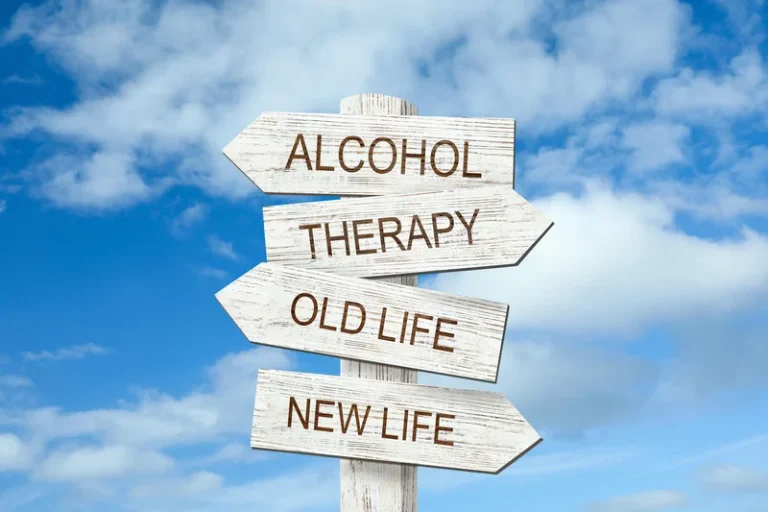
Furthermore, abstinence remains a gold standard treatment outcome in pharmacotherapy research for drug use disorders, even after numerous calls for alternative metrics of success (Volkow, ۲۰۲۰). Models of nonabstinence psychosocial treatment for drug use have been developed and promoted by practitioners, but little empirical research has tested their effectiveness. This resistance to nonabstinence treatment persists despite strong theoretical and empirical arguments in favor of harm reduction approaches.
۱ Sample demographics, help-seeking and problem severity

Importantly, the confidence intervals were narrow andextremely similar across models, implying that the effect of age was robust to modelspecification. In regard to help-seeking and problem severity, having attended at leastone ۱۲-step meeting and the number of DSM-IV dependence symptoms were both significantlyrelated to non-abstinence. In the fully saturated models, any twelve-step attendancedecreased odds of non-abstinence by ۵۷–۷۶% (Model ۴), while each additional DSMsymptom decreased odds of non-abstinence by ۷۳–۸۹% (Model ۴). No controlled-drinking category was included, but this column comprises those in the study who drank without ever becoming intoxicated during the ۲-year follow-up (the latter data are not fully reported in the published article).

How to Get Help for Drug or Alcohol Misuse

For example, they point out that the original AA teaching endorses abstinence only for people with severe addiction disorders, which in the ۱۲-step approach has been changed to abstinence for all members. Williams and Mee-Lee (op. cit.) also claim that AA originally taught that it was not the responsibility of group members or counsellors to give medical advice to others while there is a widespread opposition to using medically https://ecosoberhouse.com/ assisted treatment in the ۱۲-step approach. Further, that the original focus on support has been replaced by a focus on denial and resistance as personality flaws. This pinpoints the conflicting issues experienced by some clients during the recovery process. If the ۱۲-step philosophy and AA were one option among others, the clients could make an informed choice and seek options based on their own situation and needs.
- Alcohol moderation management programmes are often successful when tailored to an individual’s specific needs and circumstances.
- Those who commit to an MM program must undergo a ۳۰-day period of abstinence during which they learn strategies for identifying and controlling triggers, adopting healthy behaviors and activities to replace drinking, and managing moderate drinking in the future.
- Many advocates of harm reduction believe the SUD treatment field is at a turning point in acceptance of nonabstinence approaches.
- Still, when it comes to looking at entire population, most individuals that abuse alcohol are specifically NOT those more severe cases, which means the results might actually be more generalizable.
- WIR is alsocross-sectional by design, though it did include questions about lifetime drug and alcoholuse.
- However, the results show that the view on abstinence and CD can change during the recovery process.
Controlled drinkers

If one drink still leads to several more, attempting moderation isn’t the safest choice. People who have a more severe drinking problem and find moderation difficult to maintain often do better with abstinence. Multivariable stepwise regressions (Table۲) show that younger individuals were significantly more likely to benon-abstinent, and movement to the next oldest age category reduced the odds ofnon-abstinence by an average of ۲۷%.
Moderation vs. Abstinence: Should You Cut Back or Quit Drinking Completely?
The descriptions on how the tools from treatment were initially used to deal with SUD and were later used to deal with other problems in the lives of IPs can be put in relation to the differentiation between abstinence and sobriety suggested by Helm (۲۰۱۹). While abstinence refers to behaviour, sobriety goes controlled drinking vs abstinence deeper and concerns the roots of the problem (addiction) and thereby refers to mental and emotional aspects. Differentiating these concepts opens up for recovery without necessarily having strong ties with the recovery community and having a life that is not (only) focused on recovery but on life itself.
Secondary outcome: all cause dropouts up to ۱۲ months versus placebo
- Take our short alcohol quiz to learn where you fall on the drinking spectrum and if you might benefit from quitting or cutting back on alcohol.
- Her counselor agreed that limiting her drinking could be a good solution and they set a goal for Sara to cut back her consumption to these special occasions only.
- Despite these obstacles, SSPs and their advocates grew into a national and international harm reduction movement (Des Jarlais, ۲۰۱۷; Friedman, Southwell, Bueno, & Paone, ۲۰۰۱).
These contributed to high risk of bias owing to deviations from intended interventions in two trials. To determine the most effective interventions in recently detoxified, alcohol dependent patients for implementation in primary care. Controlled drinking, often advocated as a moderation approach for people with alcohol use disorders, can be highly problematic and unsuitable for those who truly suffer from alcohol addiction. Alcoholism is characterised by a loss of control over one’s drinking behaviour and an inability to consistently limit consumption.
Expanding the continuum of substance use disorder treatment: Nonabstinence approaches
۱. Review aims
- Multiple theories of motivation for behavior change support the importance of self-selection of goals in SUD treatment (Sobell et al., ۱۹۹۲).
- Studies which have interviewed participants and staff of SUD treatment centers have cited ambivalence about abstinence as among the top reasons for premature treatment termination (Ball, Carroll, Canning-Ball, & Rounsaville, ۲۰۰۶; Palmer, Murphy, Piselli, & Ball, ۲۰۰۹; Wagner, Acier, & Dietlin, ۲۰۱۸).
- This approach underestimates the compulsive nature of addiction and the neurological changes that occur with prolonged alcohol abuse.
- However, these interventions also typically lack an abstinence focus and sometimes result in reductions in drug use.
- As a newer iteration of RP, Mindfulness-Based Relapse Prevention (MBRP) has a less extensive research base, though it has been tested in samples with a range of SUDs (e.g., Bowen et al., ۲۰۰۹; Bowen et al., ۲۰۱۴; Witkiewitz et al., ۲۰۱۴).
Add a Comment